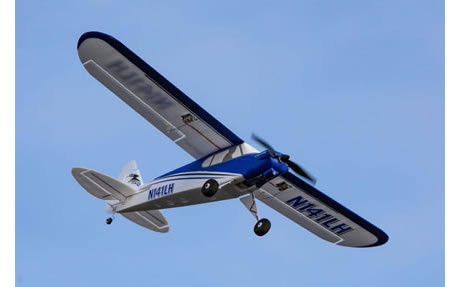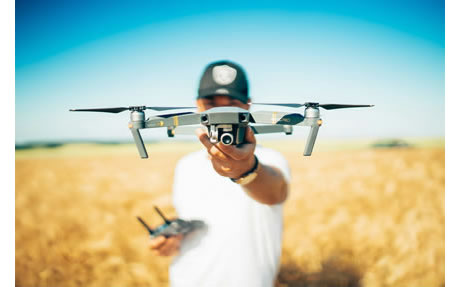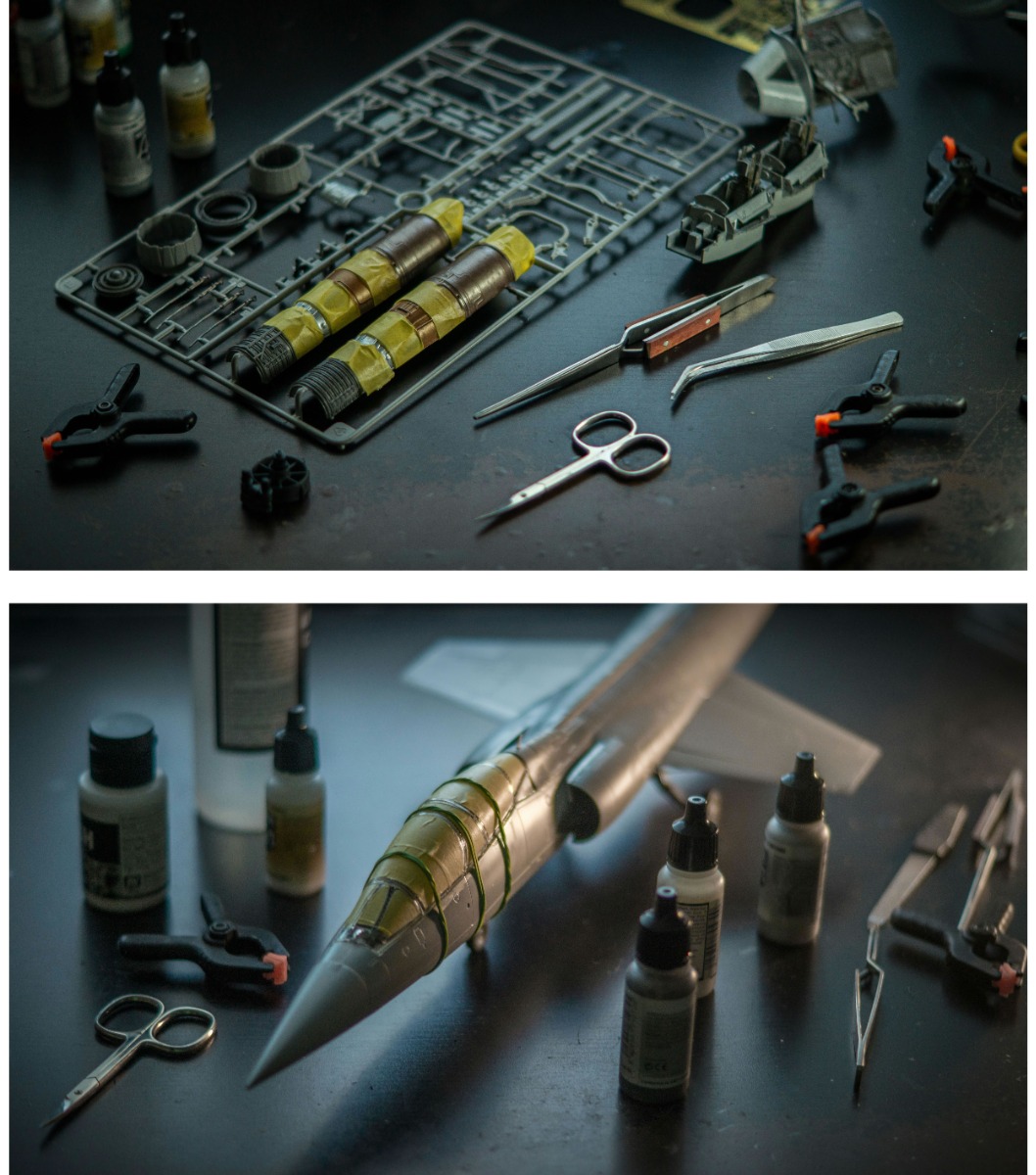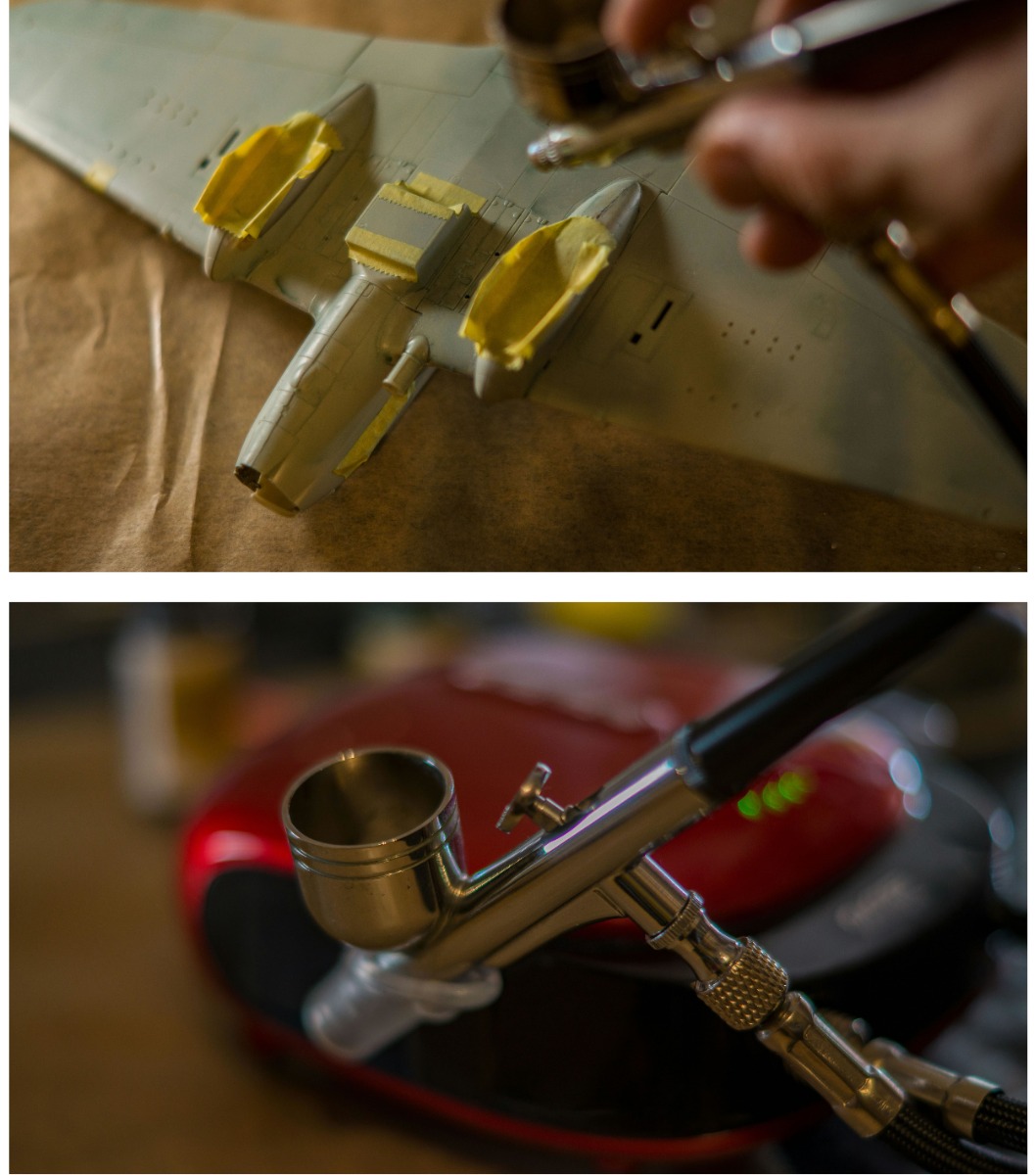AZ Model 1/72 Supermarine Spitfire Mk.18e 'UK, Palestine, Egypt' # 7884
The Supermarine Spitfire Mk.18e was a high-performance variant of the iconic British Spitfire fighter, developed during World War II.
Although it entered service after the war, the Mk.18e continued the legacy of its predecessors with significant improvements in power, speed, and range.
This version was primarily used by the Royal Air Force (RAF), and it also saw service in other regions, including Palestine and Egypt, during the late 1940s.
Design and Features
The Spitfire Mk.18e was based on the earlier Spitfire Mk. XIV, but featured an upgraded Rolls-Royce Griffon 65 engine, a more powerful 2,050 horsepower V12 engine, which allowed the aircraft to reach speeds of over 450 mph (724 km/h).
The aircraft's distinctive long nose housed the Griffon engine, giving it a more aggressive appearance compared to earlier Merlin-engine Spitfires.
The Mk.18e retained the bubble canopy introduced in later Spitfire marks, which improved pilot visibility in combat situations.
It was fitted with the "E" wing, which allowed for a mixed armament configuration.
This armament typically included two 20mm Hispano cannons and two .50 caliber Browning machine guns, giving it formidable firepower for air-to-air combat and ground attack roles.
The aircraft was also capable of carrying bombs or rockets for ground attack missions.
The Spitfire Mk.18e was equipped with improved fuel tanks, allowing it to carry more fuel internally and extending its operational range—a key factor in post-war operations and conflicts in distant regions.
Role and Usage
The Spitfire Mk.18e entered service with the RAF after the end of World War II, but it quickly became involved in post-war conflicts and duties.
It was used in several roles, including air defense, ground attack, and reconnaissance missions.
United Kingdom: In the UK, the Mk.18e primarily served in home defense squadrons, guarding British airspace during the post-war period. Although jet fighters were beginning to replace piston-engine fighters, the Spitfire Mk.18e remained a key part of the RAF’s inventory during the transition.
Palestine: During the late 1940s, the Mk.18e saw action in British Mandate Palestine during the tense period leading up to the establishment of Israel in 1948. The Spitfire was used by the RAF to maintain security, conduct reconnaissance flights, and engage in skirmishes as unrest in the region escalated.
Egypt: The Spitfire Mk.18e was also deployed in Egypt, where British forces were stationed, particularly around the Suez Canal. The aircraft played a role in supporting British interests in the region, including counter-insurgency operations and maintaining air superiority in the Middle East.
Performance and Capabilities
Engine: Rolls-Royce Griffon 65, 2,050 hp
Top Speed: 450+ mph (724 km/h)
Range: 610 miles (982 km) (extended with drop tanks)
Armament:2 × 20mm Hispano cannons
2 × .50 caliber Browning machine guns
Bombs or rockets for ground attack
Legacy
The Spitfire Mk.18e was among the last piston-engine fighters to see active service with the RAF, marking the end of an era as jet-powered aircraft began to dominate.
Despite its late arrival, the Mk.18e was a highly capable aircraft that carried on the Spitfire’s proud tradition of excellence in aerial combat.
It played a significant role in post-war conflicts, particularly in the Middle East, where it served with distinction in Palestine and Egypt during a period of geopolitical change.
The Spitfire Mk.18e remains a symbol of the remarkable evolution of the Spitfire design, reflecting both the aircraft’s adaptability and the end of the propeller-driven fighter era.























 Spread the cost with Paypal Credit
Spread the cost with Paypal Credit
 Spread the cost with Klarna
Spread the cost with Klarna












